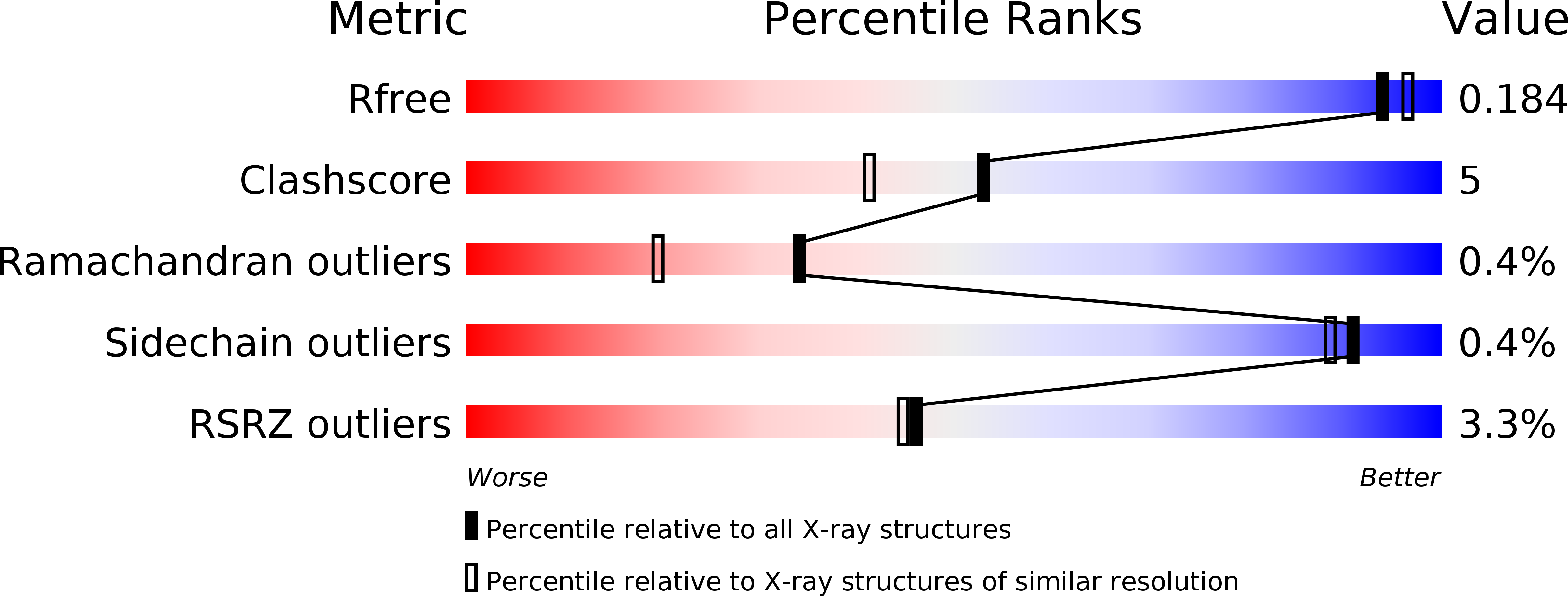
Deposition Date
2018-01-23
Release Date
2018-06-20
Last Version Date
2024-11-06
Entry Detail
Biological Source:
Source Organism:
Linum usitatissimum (Taxon ID: 4006)
Host Organism:
Method Details:
Experimental Method:
Resolution:
1.78 Å
R-Value Free:
0.18
R-Value Work:
0.15
R-Value Observed:
0.15
Space Group:
I 1 2 1


